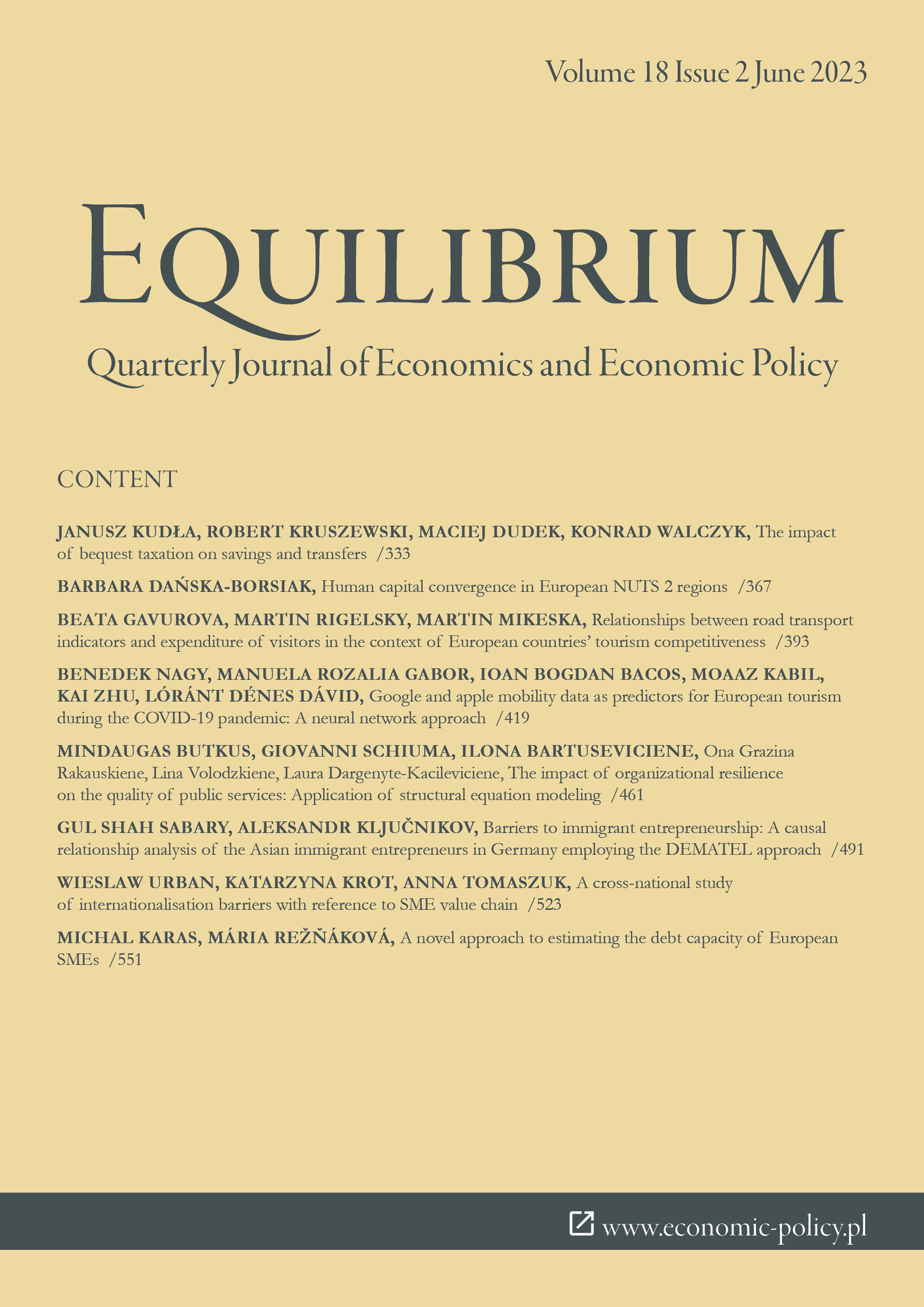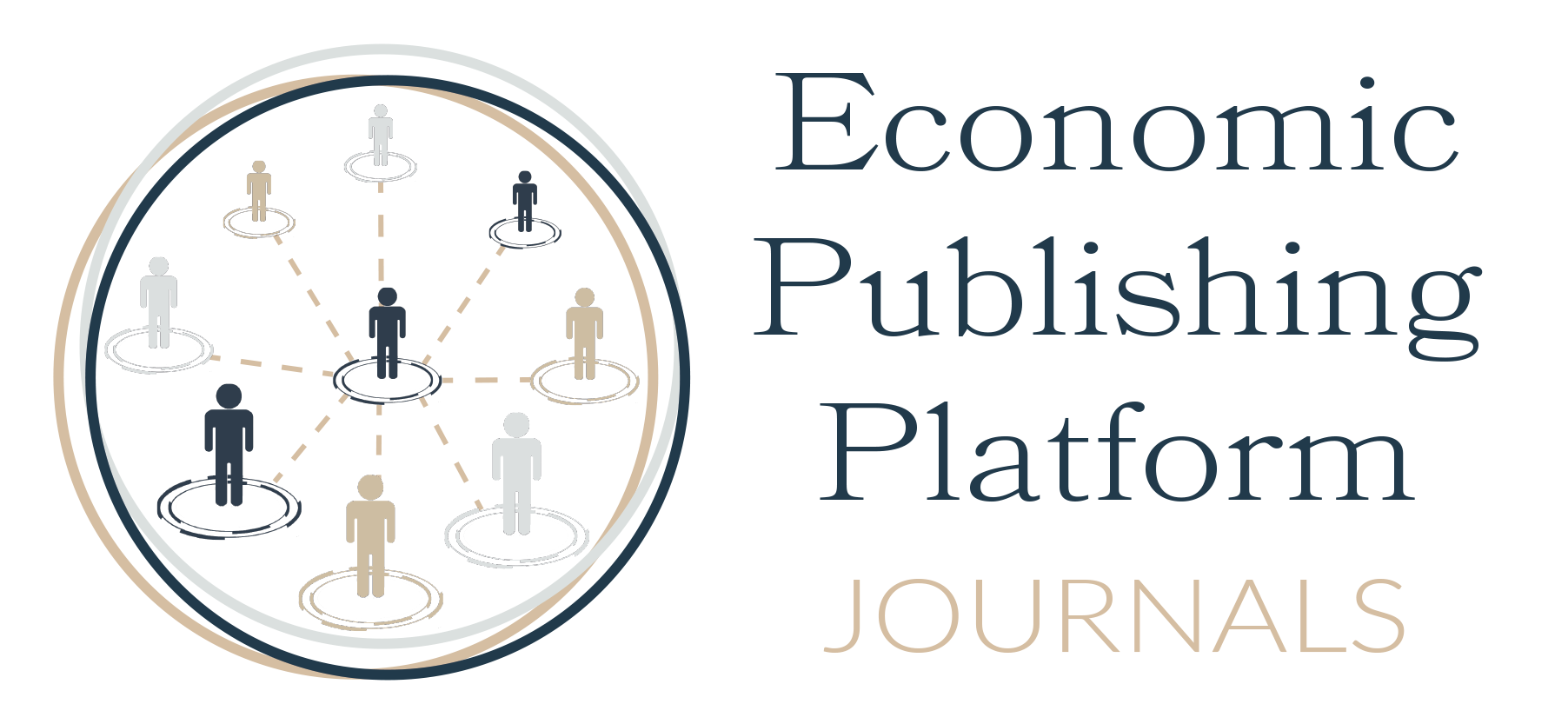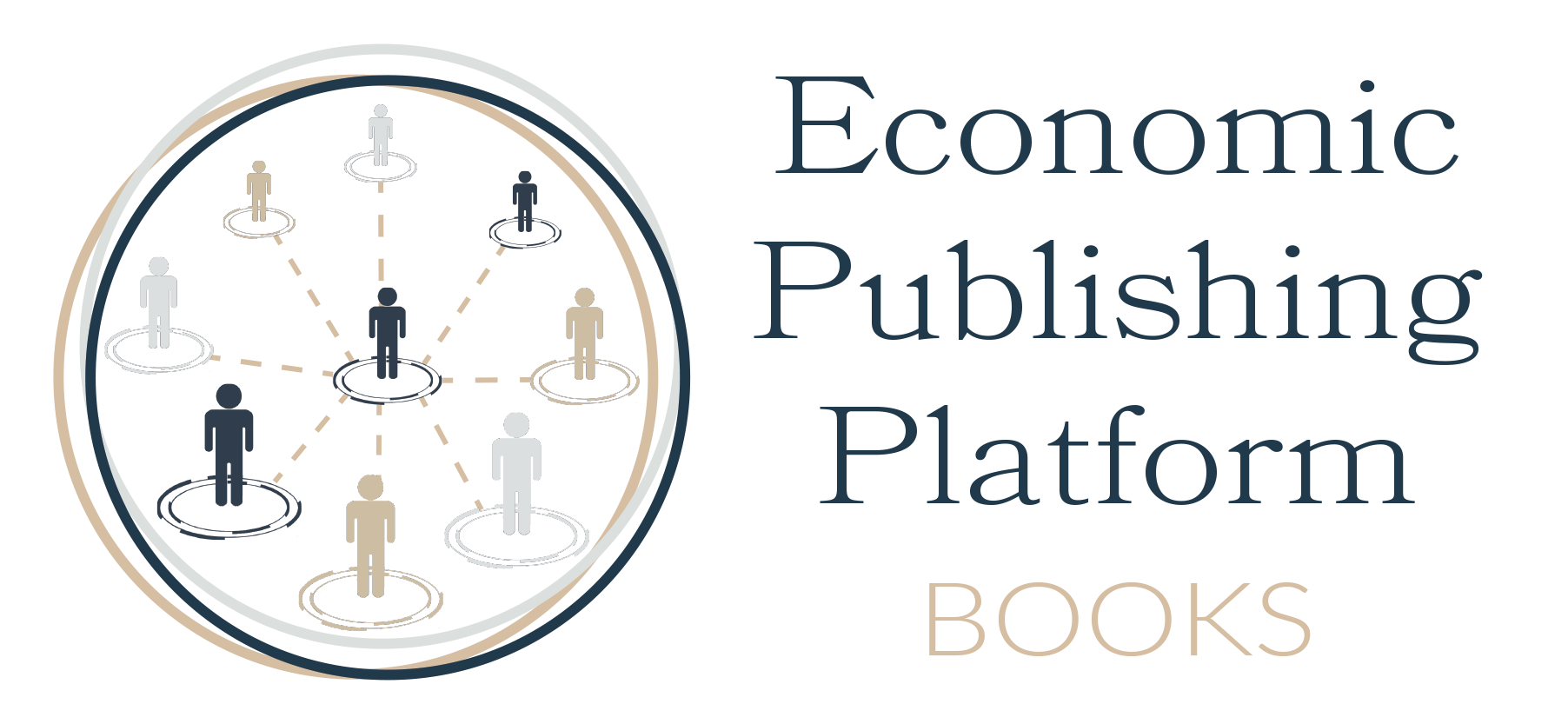The impact of bequest taxation on savings and transfers
DOI:
https://doi.org/10.24136/eq.2023.010Keywords:
saving, inheritance tax, bequest, overlapping generation, life cycleAbstract
Research background: The paper investigates the impact of bequest taxation on saving and transfers when parents and children make decisions consistently. It complements the predictions of Gale and Perozek's life-cycle modeling (2001) when decisions of parents and children are set independently and can be time-inconsistent.
Purpose of the article: The paper strives to answer the question of whether taxation of bequest harms savings and inter vivos transfers. The previous results indicated that this is possible for some bequest motives. Our results show that this is not likely for the most typical values of parameters.
Methods: The analysis involves economic modeling of four bequest motives: altruistic, paternalistic, accidental, and exchange. The method is based on the overlapping generation approach and life-cycle approach in the case of a paternalistic bequest. The results are supplemented with numerical simulations.
Findings & value added: For the altruistic motive, savings are smaller if interest rates are low relative to the tax rate and the utility of one's consumption is more valuable than the utility of the next generations. For the accidental motive, savings decrease with small interest rates, high taxation and long-life expectancy. For the paternalistic motive, savings decrease when the interest rate and the value of future utility are low. For the exchange motive, savings are higher after a tax increase, but it depends on the value of attention and life expectancy. The general conclusion is that higher bequest taxation hamper saving behavior and may disturb the intergenerational exchange process. The bequest tax should, therefore, be set low, especially for aging populations, in order to induce higher savings and force the young to provide the elderly with higher attention.
Downloads
References
Abel, A. B. (1985). Precautionary saving and accidental bequests. American Economic Review, 75(4), 777–791.
View in Google Scholar
Abraham, M., Lorek, K. Richter, F., & Wrede, M. (2018). Breaking the norms: When is evading inheritance taxes socially acceptable? European Journal of Political Economy, 52, 85–102. doi: 10.1016/j.ejpoleco.2017.05.003.
DOI: https://doi.org/10.1016/j.ejpoleco.2017.05.003
View in Google Scholar
Altonji, J. G., Hayashi, F., & Kotlikoff, L. J. (1992). Is the extended family altruisti-cally linked? Direct tests using micro data. American Economic Review, 82(5), 1177–1198.
View in Google Scholar
Andreoni, J. (1990). Impure altruism and donations to public goods: A theory of warm-glow giving? Economic Journal, 100(401), 464–477. doi: 10.2307/2234133.
DOI: https://doi.org/10.2307/2234133
View in Google Scholar
Bastani, S., & Waldenström, D. (2021). Perceptions of inherited wealth and the support for inheritance taxation. Economica, 88(350), 532–569. doi: 10.1111/ecca. 12359.
DOI: https://doi.org/10.1111/ecca.12359
View in Google Scholar
Becker, G. S. (1974). A theory of social interactions. Journal of Political Economy, 82(6), 1063–1093. doi: 10.1086/260265.
DOI: https://doi.org/10.1086/260265
View in Google Scholar
Becker, G. S., & Tomes, N. (1979). An equilibrium theory of the distribution of income and intergenerational mobility. Journal of Political Economy, 87(6), 1153–89. doi: 10.1086/260831.
DOI: https://doi.org/10.1086/260831
View in Google Scholar
Bernheim, B. D., Shleifer, A., & Summers, L. H. (1985). The strategic bequest mo-tive. Journal of Political Economy, 93(6), 1045–1076.
DOI: https://doi.org/10.1086/261351
View in Google Scholar
Bernheim, B. D. (1989). Intergenerational altruism, dynastic equilibria and social welfare. Review of Economic Studies, 56(1), 119–128. doi: 10.2307/2297753.
DOI: https://doi.org/10.2307/2297753
View in Google Scholar
Bevan, D. L., & Stiglitz, J. E. (1979). Intergenerational transfers and inequality. Greek Economic Review, 1(1), 8–26.
View in Google Scholar
Boadway, R., & Cuff, K. (2015). Tax treatment of bequests when donor benefits are discounted. International Tax and Public Finance, 22, 604–634. doi: 10.1007/s10797-015-9366-z.
DOI: https://doi.org/10.1007/s10797-015-9366-z
View in Google Scholar
Bricker, J., Dettling. L. J., Henriques, A., Hsu, J. W., Jacobs, L., Moore, K. B., Pack, S., Sabelhaus, J., Thompson, J., & Windle, R. A. (2017). Changes in U.S. family finances from 2013 to 2016: Evidence from the Survey of Consumer Finances. Federal Reserve Bulletin, 103(3), 1–42. doi: 10.17016/bulletin.2017.103-3.
DOI: https://doi.org/10.17016/bulletin.2017.103-3
View in Google Scholar
Casamatta, G. (2023). On the desirability of taxing bequests. Journal of Economics, 138, 195–219. doi: 10.1007/s00712-022-00809-4.
DOI: https://doi.org/10.1007/s00712-022-00809-4
View in Google Scholar
Causa, O., & Hermansen, M. (2019). Income redistribution through taxes and trans-fers across OECD countries. Economic Department Working Papers, 1453.
DOI: https://doi.org/10.1108/S1049-258520200000028002
View in Google Scholar
Cox, D. (1987). Motives for private income transfers. Journal of Political Economy, 95(3), 508–546. doi: 10.1086/261470.
DOI: https://doi.org/10.1086/261470
View in Google Scholar
Cremer, H., & Pestieau, P. (2011). The tax treatment of intergenerational wealth transfers. CESifo Economic Studies, 57(2), 365–401. doi: 10.1093/cesifo/ifr014.
DOI: https://doi.org/10.1093/cesifo/ifr014
View in Google Scholar
Davies, J. B. (1981). Uncertain lifetime, consumption, and dissaving in retirement. Journal of Political Economy, 89(3), 561–77. doi: 10.1086/260986.
DOI: https://doi.org/10.1086/260986
View in Google Scholar
Davies, J. B., & Shorrocks, A. F. (2000). The distribution of wealth. In A. B. Atkin-son & F. Bourguignon (Eds). Handbook of income distribution, vol. 1 (pp. 605–675). Oxford: Elsevier.
DOI: https://doi.org/10.1016/S1574-0056(00)80014-7
View in Google Scholar
Drometer, M., Frank, M., Pérez, M. F., Rhode, C., Schworm, S., & Stitteneder, T. (2018). Wealth and inheritance taxation: An overview and country comparison. Ifo DICE Report, 16(02), 45–54.
View in Google Scholar
Ferrara, I., & Missios, P. (2020). Trust, ability‐to‐pay, and charitable giving. Journal of Public Economic Theory, 22(3), 583–629. doi: 10.1111/jpet.12393.
DOI: https://doi.org/10.1111/jpet.12393
View in Google Scholar
Gale, W. G., & Perozek, M. G. (2001). Do estate taxes reduce saving? In W. G. Gale, J. R. Hines & J. Slemrod (Eds.). Rethinking estate and gift taxation (pp. 216–257). Washington: Brookings Institution Press.
DOI: https://doi.org/10.2139/ssrn.251722
View in Google Scholar
Glazer, A., Kanniainen, V., & Niskanen, E. (2003). Bequests, control rights, and cost–benefit analysis. European Journal of Political Economy, 19, 71–82. doi: 10.1016 /S0176-2680(02)00130-1.
DOI: https://doi.org/10.1016/S0176-2680(02)00130-1
View in Google Scholar
Glogowsky, U. (2021). Behavioral responses to inheritance and gift taxation: Evi-dence from Germany. Journal of Public Economics, 193, 104309. doi: 10.1016/ j.jpubeco.2020.104309.
DOI: https://doi.org/10.1016/j.jpubeco.2020.104309
View in Google Scholar
Glomm, G., & Ravikumar, B. (1992). Public versus private investment in human capital: Endogenous growth and income inequality. Journal of Political Economy, 100(4), 818–834. doi: 10.1086/261841.
DOI: https://doi.org/10.1086/261841
View in Google Scholar
Gross, C., Lorek, K., & Richter, F. (2017). Attitudes towards inheritance taxation–results from a survey experiment. Journal of Economic Inequality, 15(1), 93–112. doi: 10.1007/s10888-016-9344-4.
DOI: https://doi.org/10.1007/s10888-016-9344-4
View in Google Scholar
Hines, J. R., Potrafke, N., Riem, M., & Shinke, C. (2019). Inter vivos transfers of ownership in family firms. International Tax and Public Finance, 26, 225–256 doi: 10.1007/s10797-018-9508-1.
DOI: https://doi.org/10.1007/s10797-018-9508-1
View in Google Scholar
Hurd, M. D. (1987). Savings of the elderly and desired bequests. American Economic Review, 77(3), 298–312.
View in Google Scholar
Hurd, M. D. (1989). Mortality risk and bequests. Econometrica, 57(4), 779–813. doi: 10.2307/1913772.
DOI: https://doi.org/10.2307/1913772
View in Google Scholar
Klevmarken, N. A. (2004). On the wealth dynamics of Swedish families, 1984–98. Review of Income and Wealth, 50(4), 469–491. doi: 10.1111/j.0034-6586.2004.00136.x.
DOI: https://doi.org/10.1111/j.0034-6586.2004.00136.x
View in Google Scholar
Kopczuk, W. (2009). Economics of estate taxation: A brief review of theory and evidence. Tax Law Review, 63(1), 139–157. doi: 10.3386/w15741.
DOI: https://doi.org/10.3386/w15741
View in Google Scholar
Kopczuk, W. (2013). Taxation of intergenerational transfers and wealth. In A. J. Auerbach, R. Chetty & E. Saez (Eds.). Handbook of public economics 5 (pp. 329–390). Elsevier.
DOI: https://doi.org/10.1016/B978-0-444-53759-1.00006-6
View in Google Scholar
Kotlikoff, L. J., & Spivak, A. (1981). The family as an incomplete annuities market. Journal of Political Economy, 89(2), 372–391. doi: 10.1086/260970.
DOI: https://doi.org/10.1086/260970
View in Google Scholar
Leroux, M. L., & Pestieau, P. (2022). Age-related taxation of bequests in the pres-ence of a dependency risk. Journal of Public Economic Theory, 24(1), 92–119. doi: 10.11 11/jpet.12539.
DOI: https://doi.org/10.1111/jpet.12539
View in Google Scholar
Niimi, Y. (2019). The effect of the recent inheritance tax reform on bequest behav-iour in Japan. Fiscal Studies, 40(1), 45–70. doi: 10.1111/1475-5890.12181.
DOI: https://doi.org/10.1111/1475-5890.12181
View in Google Scholar
Nordblom, K., & Ohlsson, H. (2006). Tax avoidance and intra-family transfers. Journal of Public Economics, 90(8-9), 1669–1680. doi: 10.1016/j.jpubeco.2005.10.005.
DOI: https://doi.org/10.1016/j.jpubeco.2005.10.005
View in Google Scholar
Piketty, T. (2011). On the long-run evolution of inheritance: France 1820-2050. Quarterly Journal of Economics, 126(3), 1071–1131. doi: 10.1093/qje/qjr020.
DOI: https://doi.org/10.1093/qje/qjr020
View in Google Scholar
Piketty, T., & Saez, E. (2013). A theory of optimal inheritance taxation. Econometri-ca, 81(5), 1851–1886. doi: 10.3982/ECTA10712.
DOI: https://doi.org/10.3982/ECTA10712
View in Google Scholar
Saez, E., & Zucman, G. (2016). Wealth inequality in the United States since 1913: Evidence from capitalized income tax data. Quarterly Journal of Economics, 131(2), 519–578. doi: 10.1093/qje/qjw004.
DOI: https://doi.org/10.1093/qje/qjw004
View in Google Scholar
Spiteri, J., & von Brockdorff, P. (2022). Household wealth and inheritance transfers: Evidence from the Euro Area. Journal of Family and Economic Issues, 2022. doi: 10.1007/s10834-022-09861-0.
DOI: https://doi.org/10.1007/s10834-022-09861-0
View in Google Scholar
Takaaki, A., Nishimura, K., & Makoto, Y. (2019). Two-sided altruism and time inconsistency. Studies in Nonlinear Dynamics and Econometrics, 23(4), 1–10. doi: 10.1515/snde-2019-0022.
DOI: https://doi.org/10.1515/snde-2019-0022
View in Google Scholar
Tsoutsoura, M. (2015). The effect of succession taxes on family firm investment: Evidence from a natural experiment. Journal of Finance, 70, 649–688. doi: 10.1111/jofi.12224.
DOI: https://doi.org/10.1111/jofi.12224
View in Google Scholar
Uchida, Y., & Ono, T. (2021). Political economy of taxation, debt ceilings, and growth. European Journal of Political Economy, 68, 101996. doi: 10.1016/j.ejpoleco. 2020.101996.
DOI: https://doi.org/10.1016/j.ejpoleco.2020.101996
View in Google Scholar
Yaari, M. E. (1965). Uncertain lifetime, life insurance, and the theory of the con-sumer. Review of Economic Studies, 32(2), 137–150. doi: 10.2307/2296058.
DOI: https://doi.org/10.2307/2296058
View in Google Scholar
Downloads
Published
Versions
- 2023-09-28 (2)
- 2023-06-30 (1)
How to Cite
Issue
Section
License
Copyright (c) 2023 Equilibrium. Quarterly Journal of Economics and Economic Policy

This work is licensed under a Creative Commons Attribution 4.0 International License.






